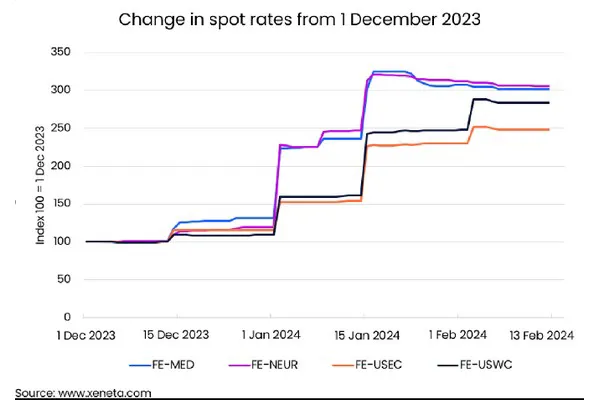The Red Sea has become a significant geopolitical hotspot due to Houthi militants in Yemen deploying advanced weaponry against international shipping lanes. This includes the use of hijacks, ballistic missiles, anti-cruise missiles, and drones, notably beginning with the hijacking of the Galaxy Leader cargo vessel on 19 November 2023. The vessel was forcibly diverted to Hodeidah port in Yemen, resulting in the crew's ongoing detention. Since then, over 33 maritime assaults have been reported, with 16 ships directly hit, disrupting crucial global trade routes.
In response, the United States and the United Kingdom initiated Operation Prosperity Guardian, while the European Union launched Operation Aspis, aiming to secure maritime navigation and protect trade. Despite these efforts, challenges persist due to the Houthis' sophisticated tracking technology and the strategic vulnerability of the Bab el-Mandeb Strait. The attacks have compelled shipping companies to reroute around the Cape of Good Hope, extending transit times and inflating operational costs, with potential implications for global inflation and economic stability.
The recalibration of shipping routes, compounded by global factors such as the Panama Canal drought and the Chinese New Year, has led to a decrease in market capacity, affecting major trade corridors globally.
Source: weforum.org

